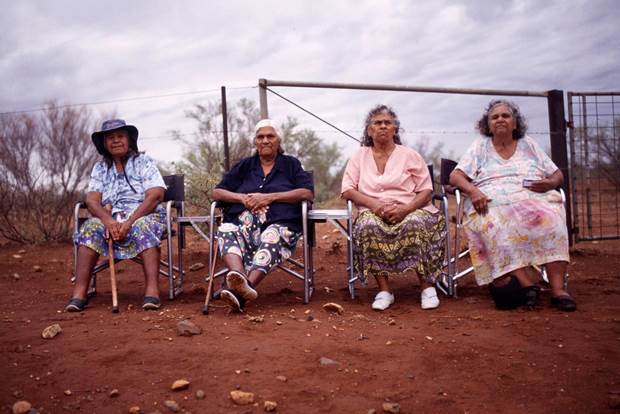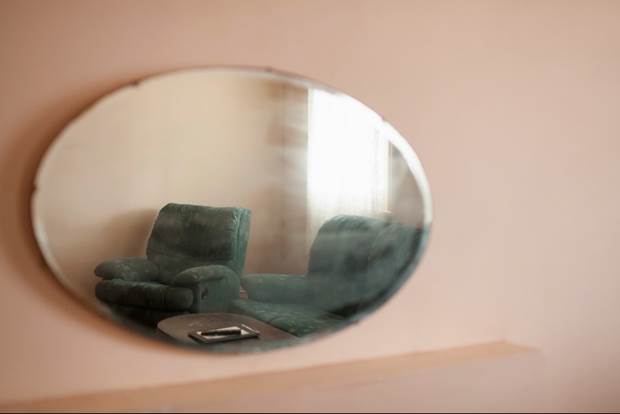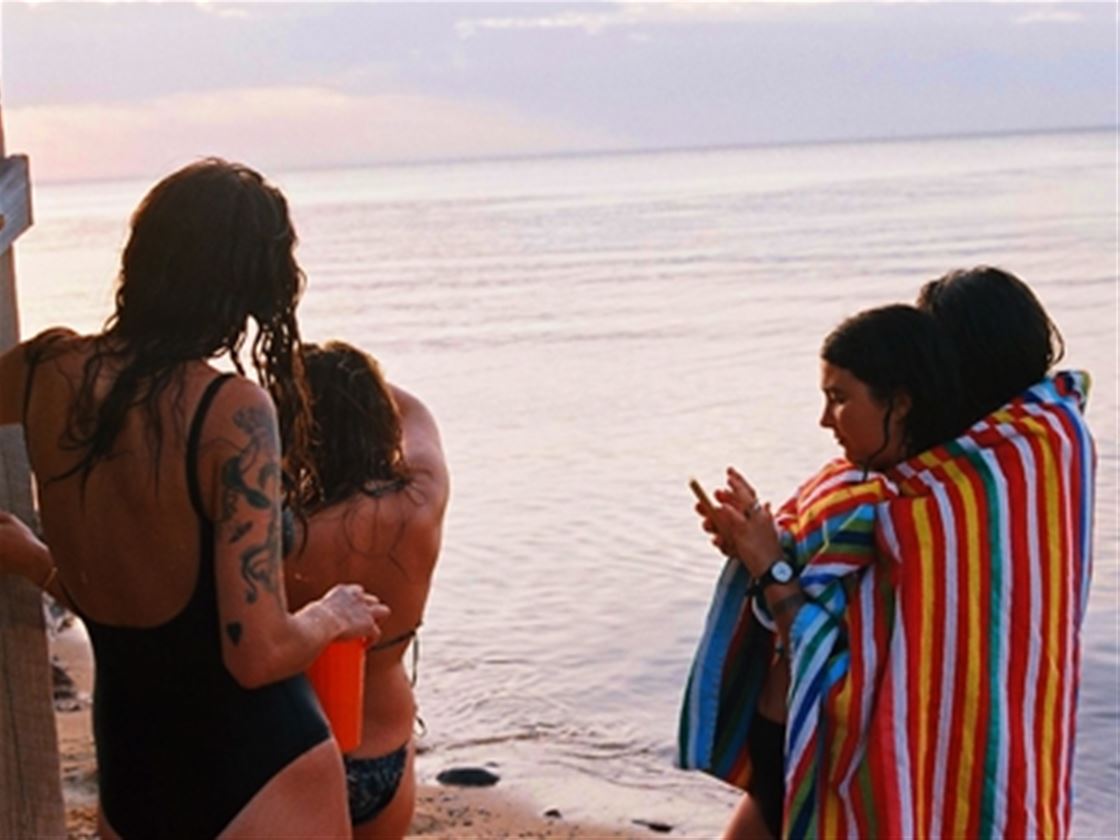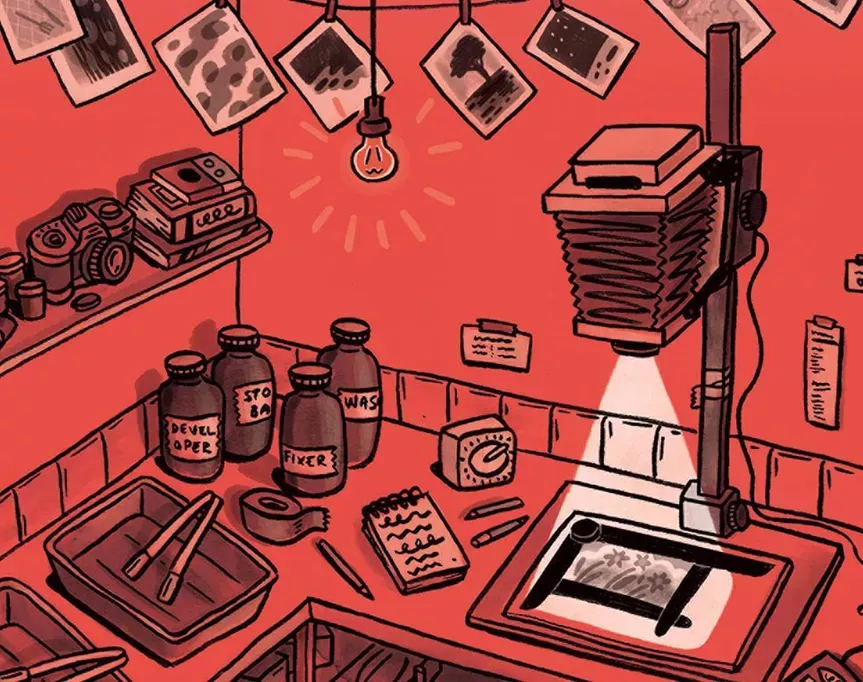mia mala mcdonald photography interview
You might see their beautiful snaps between the pages of frankie, but how much do you know about our top-notch photographers?
You might see their beautiful snaps between the pages of frankie, but how much do you know about our top-notch photographers? In our opinion (and with no bias, of course) we think that you should know a little more, so we sat down for a chat with one of our favourite shutterbugs, Mia Mala McDonald.
What is your name and how old are you? Mia Mala McDonald, 32.
Where were you born and where do you live now? I was born in Daylesford, Victoria, and now live in Fitzroy, Victoria.
How does where you live affect your photography? In my personal projects I use photography, video and text to examine place and its relationship to identity, nostalgia and belonging. The personal nature of my work reflects my deep interest in the concept of place and how it impacts and informs human identity. I think it's the result of an early life characterised by displacement, repossession, relocation and family imprisonment. By portraying nostalgia around place, I explore the way I choose to think about home; what I decide to emphasise and what I decide to discard in my memory.
For my commercial practice – where I live is vital! It's the people, places and everything in between that I photograph. Last week I was snapping the suburb of Clayton, tomorrow I'm off to shoot an actress in North Melbourne, and in the arvo I have a roadtrip to Philip Island to photograph an author. Getting sent off to weird and wonderful people and locations is what I find so enjoyable about my job.
When did you first know you wanted to be a photographer? My mother is a classic Melbourne hippy. When I was younger I would read her amazing zines from the Melbourne's feminist queer scene. I can particularly remember candid portraiture photographs by Sue Ford and Ponch Hawkes – so intimate, and I appreciated their DIY approach. One of my first memorable images is Annie Leibovitz's early portrait of Whoopi Goldberg submerged in a bath of milk. I was in awe of the audacity of Annie and the political connotations it so easily communicated.
What areas, things or people in your neighborhood do you most like to photograph? I am deeply interested in people; this is the real essence of my work. In telling other people's stories alongside my own I am privileged to share intimate personal narratives that allow a deeper understanding of human behaviour.
What do you shoot on (digital or analogue) and why do you choose to use that type? I shoot all my commercial work on digital, and most of my personal work on a 5x4 film camera. I have never worried too much about what I shoot on – cameras have never interested me much. My kit hasn't changed in years!
What kinds of ideas are you working on at the moment? So many! I have just finished my Masters of Fine Arts at RMIT, which forced me to really reinvigorate my process. I have moved into video and installation to explore ideas around place. My most recent video project involved an actress who looks like a 1990s real estate agent reading the The Age's 'Most Livable Suburbs' list. It illustrates how absurd these lists sound out of context, and how out of reach "living" in these suburbs is for most people.
Photographically I am in the process of shooting performers in their on-stage and off-stage personas – it's in the early stages but evolving into something bizarrely surprising.
Do you take the same care with personal photographs as you do with commercial/artistic work? I guess it depends on the brief! I shoot all my portraits with vigour and passion... but if it's 100 product photographs in a studio then my heart doesn't beat as loudly.
What advice can you offer on finding your personal style or aesthetic? I am currently teaching a portraiture unit at Holmesglen TAFE and the students often ask about this idea of a 'personal style'. I encourage them to mimic and learn from their heroes, and experiment with trying to copy a distinct style such as the vernacular of Eggleston or the highly orchestrated lighting of Crewdson. From this point they then need to break the rules and find out what unique story they can express. Photography is an interesting methodology because we all shoot on pretty much the same cameras, and sadly with digital there is little room for error or pleasant surprises – it's what we capture that gives us personal distinction.
What are the hallmarks of a great photographer? A storyteller that breaks the rules with passion.
What are your thoughts on the rise of mobile phone photography and Instagram? I guess I don't really see it as anything but a chance to connect, share and most importantly build your ego. It's true – I really love 'likes'. I am sure it will evolve, but I wish it wasn't so consuming. The next big boom is going to be in rehabilitation for addiction to phones – seriously, this is a really good business plan for a Neis Scheme.
What do you enjoy doing when not taking photos? I am in a dance troupe/cult called Body Electric – a bunch of adults trying to relive our Rock Eisteddfod days. It's gloriously full of glitter, glue guns and body rolls. It's my number one priority in life.
Where can we see more of your work? miamalamcdonald.com or publicrecordoffice.blogspot.com.au. Or like me on instagram @miamala!














.jpg&q=80&w=316&c=1&s=1)













.jpg&q=80&w=316&c=1&s=1)










